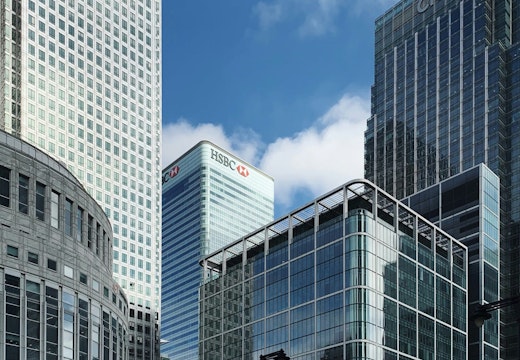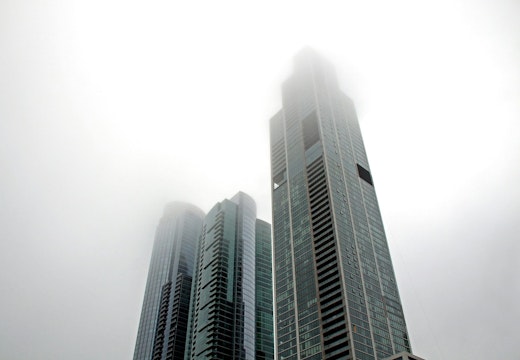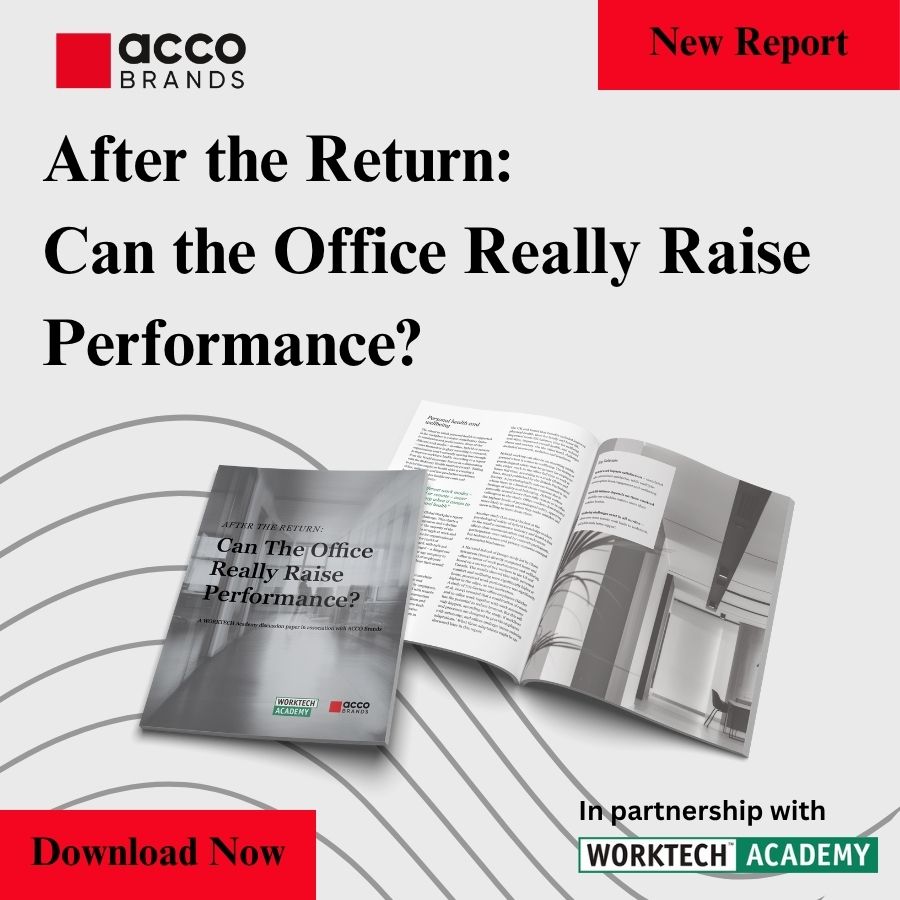Why bringing back the rest room might just be your best idea
An award-winning drama set entirely in the break room of a Detroit car factory reminds us what is lost when private recovery spaces are stripped out of the modern workplace
Dominique Morisseau’s Tony award-winning 2016 American play ‘Skeleton Crew’, which is set in a Detroit car factory on its uppers, has enjoyed a well-received revival at the Donmar Warehouse in London this summer.
When I caught up with this unbearably tense and brilliantly constructed drama showing four Black workers facing an uncertain future on the eve of the 2008 global financial meltdown, I was immediately struck by the parallels with today: protagonists seeking dignity and purpose in work; managers behaving in ways that are opaque or malign; issues around race and social injustice; constant failures of communication; and a feeling that even bigger and more damaging change is just around the corner.
But what really stood out for me was the way in which the piece is set entirely in the factory’s break room. We never see the assembly line although we hear it constantly. The rest room is where our blue-collar characters catch up on the gossip, cook food in the microwave, hide stuff in the lockers, argue, fight, cry, and even sleep the night because there’s no home to go to.
A place of camaraderie
It is a place of camaraderie, warmth and compassion. It is also a place that is missing from many of today’s workplaces where common rooms and rest rooms have been replaced by more loosely defined breakout zones that are in full view of the entire company and afford hardly any opportunities for private exchange.
Universities were among the first organisations to strip out their common rooms, leaving academics less space for impromptu collaboration. Corporate organisations were fast to follow suit, believing (misguidedly in many cases) that more open environments would create a more open culture. Now, however, new research suggests that scrapping the enclosed break room might not be such a great idea after all.
Different parameters
When Finnish researchers Piia Markkanen and Aulikki Herneoja from the University of Oulu studied breakout areas for 50 employees in a local tech company through a co-design process, their paper published in the journal Building Research and Information (June 2024) described how workers have ‘distinct design preferences’ when it comes to designing spaces for recovery. These spaces should have a different parameters and qualities to the rest of the office.
The Finnish findings echo earlier research, including my own ‘Welcoming Workplace’ study (2008) at the Royal College of Art. This advised that workplaces should have three distinct types of space – for concentration, for collaboration and for contemplation.
‘Contemplation space lets people recuperate from the stress and noise of the normal work environment…’
The provision of contemplation space was described as the ‘missing link’ in workplace design and defined as providing enclosed areas that give people somewhere to recuperate from the stress and noise of the normal working environment, free from surveillance or distraction.
The spatial model of ‘concentrate, collaborate and contemplate’ was later used to plan floorplates at The Shard tower in London. But more generally, protected recovery ‘caves’ in the office were gradually whittled away in favour of a ‘commons’ shared by all.
Today, given greater sensitivities around diversity, equity and inclusion, especially neuro-inclusion, it doesn’t make sense to abandon the rest room. It can’t be right that the only place to cry is in the toilet.
Bringing back the break room won’t insulate employees from the bigger economic upheavals, as ‘Skeleton Crew’ reveals in all its dramatic conflict. But it might sometimes soften the blows just a little bit.








